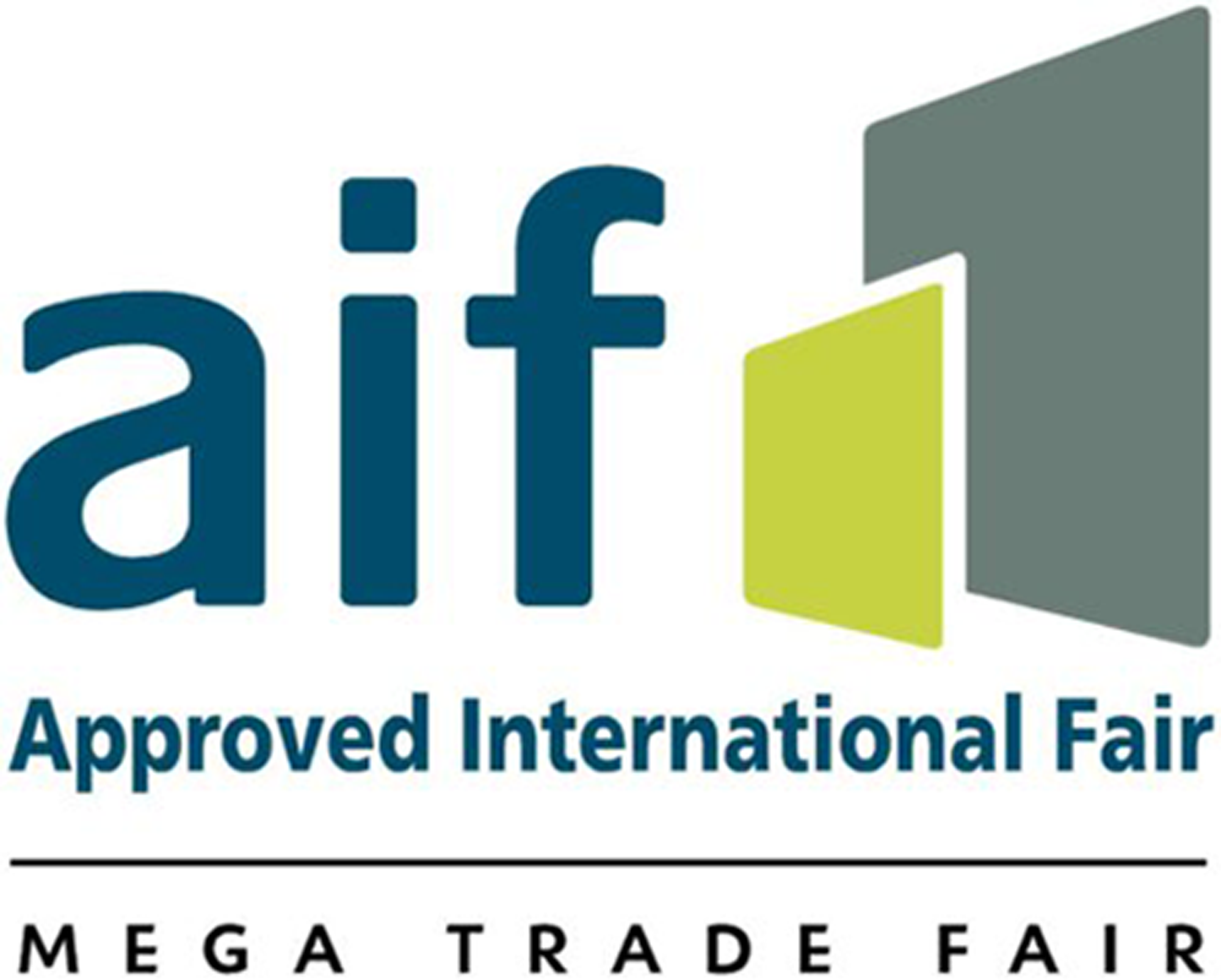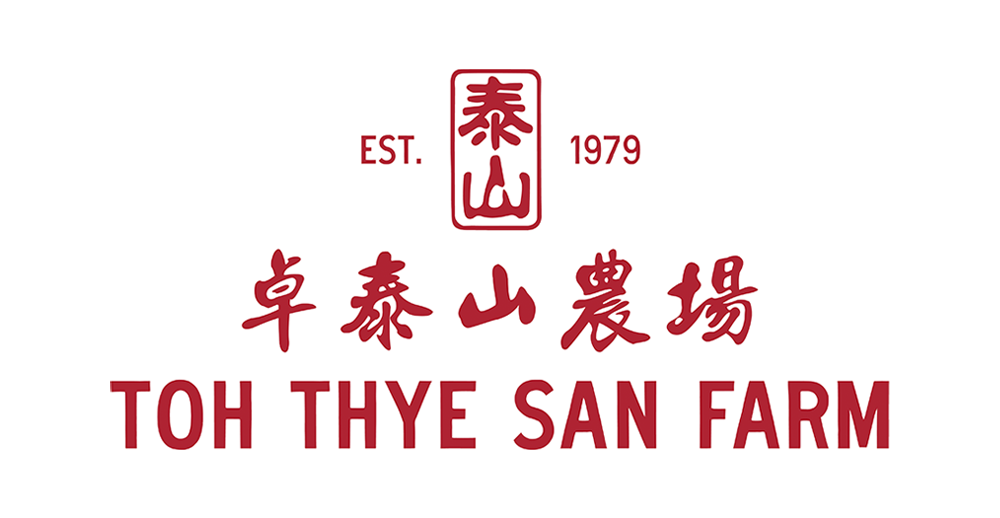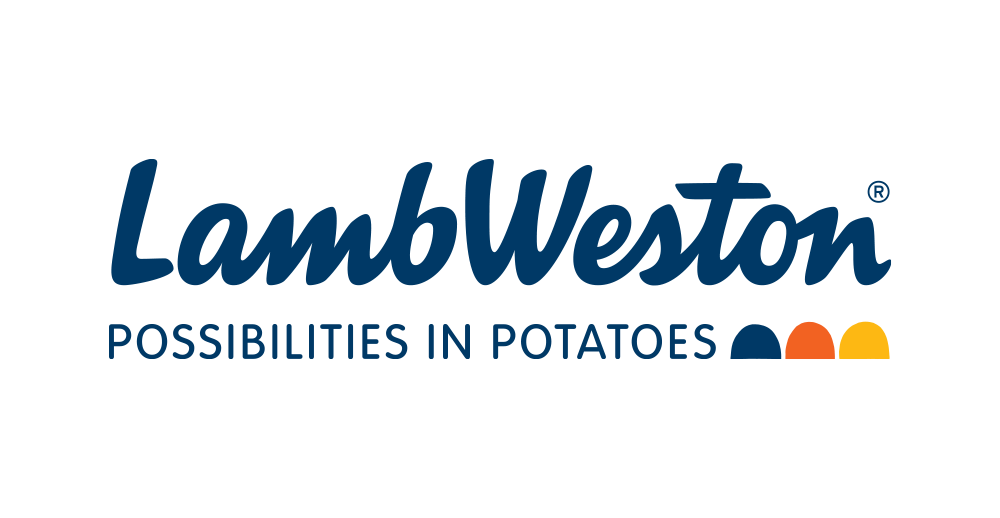Across Asia, healthier food options are becoming a common choice instead of a luxury. In busy cities and smaller towns, people increasingly see food as a way to improve their health, balancing taste with nutrition. This change is mainly due to a greater focus on how food affects well-being.
Consumers in Asia are choosing healthier foods and embracing a more mindful lifestyle. They prioritize fresh, natural ingredients and plant-based or functional foods.
In Southeast Asia, health and wellness have become a central part of daily life. After the COVID-19 pandemic, many people have started paying closer attention to food labels, choosing quality over convenience, and focusing on food that benefits long-term health.
This blog will discuss why Asian consumers want healthy food, the cultural and social reasons behind the shift, and how food businesses can meet this growing demand.
What Does “Healthier Food” Mean for Asian Consumers?
For many Asian consumers, “healthier food” means low-sugar, organic, plant-based, and fortified with essential nutrients. Across Asia, there’s a growing demand for food that supports physical health and promotes long-term well-being.
This includes using fewer processed ingredients and focusing on fresh, natural products. Nutrient-rich foods naturally low in sugar or high in fiber are gaining popularity, as are those fortified with vitamins and minerals to address common dietary deficiencies.
Moreover, traditional Asian food is healthier and aligns well with modern health trends. Fermented foods like kimchi, tempeh, and miso have been staples in Asian diets for centuries and are now recognized for their health benefits.
These foods are rich in probiotics, which promote gut health and support the immune system. Additionally, many traditional grains and legumes, such as brown rice, lentils, and mung beans, are naturally plant-based and provide a healthy base for meals that fit today’s focus on well-being.
As health awareness rises, Asian consumers embrace these time-honored foods while exploring new products that align with their growing focus on nutrition and sustainability. According to Euromonitor, 33% of parents in the Asia Pacific region plan their children’s meals in advance, showing how health-conscious food choices are becoming a part of daily life.
Key Factors Driving the Demand for Healthier Food
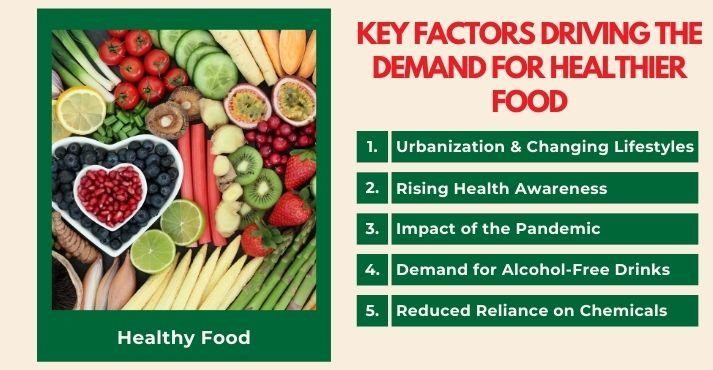
The growing demand for healthier food options in Asia comes from changes in lifestyle, awareness, and consumer behavior.
As urbanization continues to reshape the region and consumers become more health-conscious, businesses are responding by offering products that align with these shifts.
This section covers the factors behind the growing demand for healthy eating in Southeast Asia, including busy urban lifestyles and the impact of global events like COVID-19.
1. Urbanization and Changing Lifestyles
Rapid urbanization has resulted in busy, fast-paced lifestyles in major Southeast Asian cities such as Singapore, Bangkok, and Jakarta. With long work hours and limited time for meal preparation, consumers are increasingly seeking convenient and nutritious food options.
Fast food chains, grocery stores, and meal delivery services have adapted to meet these demands by offering healthier, on-the-go choices like pre-packaged salads, smoothie bowls, and meal kits featuring fresh ingredients.
Modern health-conscious Asian consumers are looking for a balance between convenience and nutrition. According to a report, urban center consumers prioritize meals that offer time-saving options while meeting their dietary needs.
The shift toward healthier convenience foods is growing as more people recognize that making better food choices can improve overall well-being, even with busy lifestyles.
2. Rising Health Awareness
Health awareness has been steadily rising across Asia, supported by government initiatives, health campaigns, and increased access to information.
Programs like Singapore’s Healthier Choice Symbol guide consumers toward healthier food choices by identifying products that meet specific nutritional criteria. This system helps people make more informed grocery shopping decisions, encouraging them to opt for items with lower sugar, fat, and sodium content.
In addition to government initiatives, younger generations, particularly Gen Z, play a significant role in changing the food landscape. This generation is more health-conscious and increasingly aware of environmental sustainability.
Many in this group are shifting to plant-based diets, reducing their consumption of animal products, and becoming more aware of their food choices’ environmental impact.
This growing emphasis on personal health and environmental impact influences food trends across the region, from plant-based protein products to eco-friendly packaging.
3. Impact of the Pandemic
The COVID-19 pandemic significantly changed how consumers approach their health and nutrition. As the world dealt with the pandemic, more people started focusing on foods that boost immunity and promote clean eating.
In Southeast Asia, many consumers have turned to foods known for their health benefits, such as turmeric, ginger, and fermented foods, which are believed to help strengthen the immune system.
The pandemic sparked a lasting change in consumer priorities regarding food choices, with a growing emphasis on health and wellness. It also heightened concerns about the quality of the food supply, leading to an increase in the demand for organic, minimally processed, and locally sourced foods.
4. Surging Demand for Alcohol-Free Drinks
The rising popularity of alcohol-free beverages displays a growing focus on health-conscious choices among consumers. While alcoholic drinks have long been seen as “recession-proof,” a noticeable decline in consumption has emerged, especially among younger generations.
This trend shows a growing focus on wellness, mental clarity, and healthier lifestyle choices. As a result, demand for non-alcoholic options like mocktails, alcohol-free beers, and low-sugar beverages is surging.
According to recent reports, the global non-alcoholic drinks market was valued at $1.3 trillion in 2023 and is projected to reach $2.9 trillion by 2035, growing at a CAGR of 6.9% from 2024 to 2035.
Key Trends in Healthier Food Preferences in Asia
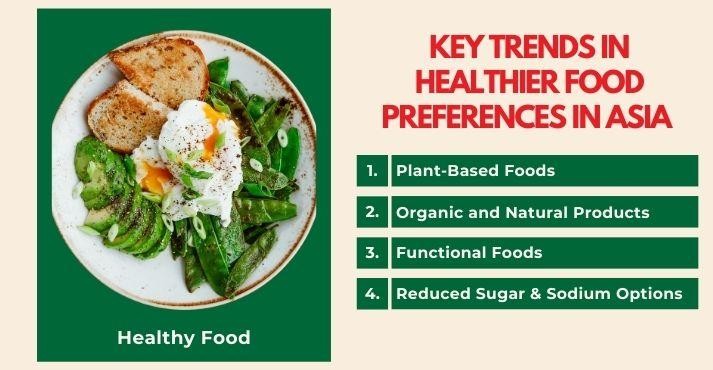
In Asia, healthier food choices are influenced by cultural traditions, government programs, and global health trends. Consumers are looking for options that match their health goals and modern lifestyles.
Below, we explore key trends shaping these preferences:
1. Plant-Based Foods

Plant-based meat alternatives are becoming very popular across Asia. Products like OmniMeat, developed by Green Monday, have gained significant traction.
In 2024, the Green Monday Group announced the arrival of OmniMeat Luncheon and OmniMeat Strip to local shores in restaurants and supermarkets.
These products combine plant-based proteins that closely mimic the taste and appearance of traditional meat. They offer sustainable and healthier alternatives without compromising on taste and texture.
Additionally, local hawker stalls in Singapore are creating plant-based versions of beloved dishes like vegan chicken rice and laksa, making plant-based eating both culturally relevant and accessible.
This movement is part of a broader trend of eating less meat for the environment. Many health-conscious consumers in Asia now see reducing meat consumption as an easy way to lower their carbon footprint and protect the planet.
2. Organic and Natural Products

Urban areas such as Kuala Lumpur and Bangkok are experiencing a surge in demand for organic and chemical-free products. Consumers are becoming more aware of the impact of their food choices on their health and the environment.
People shifting towards sustainable foods increasingly prefer items that align with health goals while reducing environmental harm. This has led to a significant rise in organic food options, especially as food quality and safety concerns grow.
Premium supermarkets, such as Jaya Grocer in Malaysia and Villa Market in Bangkok, meet this demand by offering a wide variety of locally grown organic vegetables, fruits, and products.
These stores also provide certified organic imports for those looking for specific, high-quality items. Their offerings cater to many health-conscious consumers who prioritize natural, minimally processed foods over heavily processed alternatives.
3. Functional Foods

The functional foods market is experiencing rapid growth across Asia as consumers increasingly prioritize health and wellness. In addition to basic nutrition, they seek products with added health benefits that support specific needs, such as digestion, immunity, or energy.
Functional foods are becoming everyday staples in many households. Popular products include Yakult, a probiotic drink widely consumed for gut health, and fortified snacks like Omega-3-enriched crackers readily available in supermarkets.
These options provide a convenient way for busy individuals to enhance their nutrition. Plant-based protein shakes and vitamin-enriched beverages are also gaining traction, particularly among younger, health-conscious demographics.
4. Reduced Sugar and Sodium Options

Policies like Thailand’s sugar tax encourage healthier eating habits by promoting reduced-sugar and low-sodium products. Big brands like Coca-Cola have introduced sugar-free and reduced-sugar drinks, while smaller companies offer natural sweeteners and low-sodium alternatives.
Public health campaigns in countries like Singapore and Malaysia are raising awareness about the benefits of reducing sugar and salt, making healthier choices more appealing and accessible. This shift drives innovation across the food industry and helps consumers adopt better dietary habits.
Challenges and Opportunities for Food Businesses
As consumer demand for healthier food options grows, Asian food businesses face challenges and opportunities to adapt to these changing preferences. Knowing these factors is essential for success in this changing market:
Challenges
One challenge food businesses face is the higher production costs associated with organic or plant-based ingredients. Shifting to healthier options involves sourcing quality ingredients and maintaining sustainable practices, which can significantly raise expenses.
These financial pressures impact pricing strategies, making balancing affordability with consumer demand for healthier options harder.
Another challenge is educating consumers about the benefits of healthier food options. Many consumers may not fully understand organic and plant-based foods’ nutritional or long-term health advantages.
To address this, businesses like Green Rebel Foods in Indonesia have launched educational campaigns promoting plant-based diets and highlighting their health and environmental benefits. They have also collaborated with IKEA Indonesia to make plant-based options more accessible and affordable.
Similarly, Broccoli Revolution in Thailand has effectively used social media and partnerships with health influencers to raise awareness and promote healthier food choices. The restaurant specializes in vegan cuisine and has become a significant part of the growing trend toward plant-based eating in urban areas.
Opportunities
Food businesses have a unique opportunity to expand their product portfolios by offering locally inspired, health-focused innovations. For example, Kind Kones in Malaysia has gained popularity by creating plant-based ice creams with local flavors such as pandan and coconut.
This appeals to consumers looking for healthier dessert options while celebrating traditional flavors. The rise of healthy indulgence allows businesses to cater to local preferences while promoting wellness.
Additionally, the younger, health-conscious demographic represents a significant opportunity for growth. As this generation becomes more focused on wellness, they seek plant-based, organic, or low-sugar food options.
By aligning product offerings with these preferences, businesses can engage with this growing market and build lasting relationships with health-conscious consumers.
Conclusion
The demand for healthier food in Asia brings both challenges and opportunities. While high production costs and the need for consumer education may pose barriers, businesses can address these through effective marketing and sustainable practices.
There are also opportunities to grow by offering health-focused products customized for local preferences and targeting the younger, health-conscious demographic.
Understanding these Asian health food trends, including the food and beverage industry shifts, can help businesses strengthen consumer relationships and succeed in the region’s growing health-focused market.








